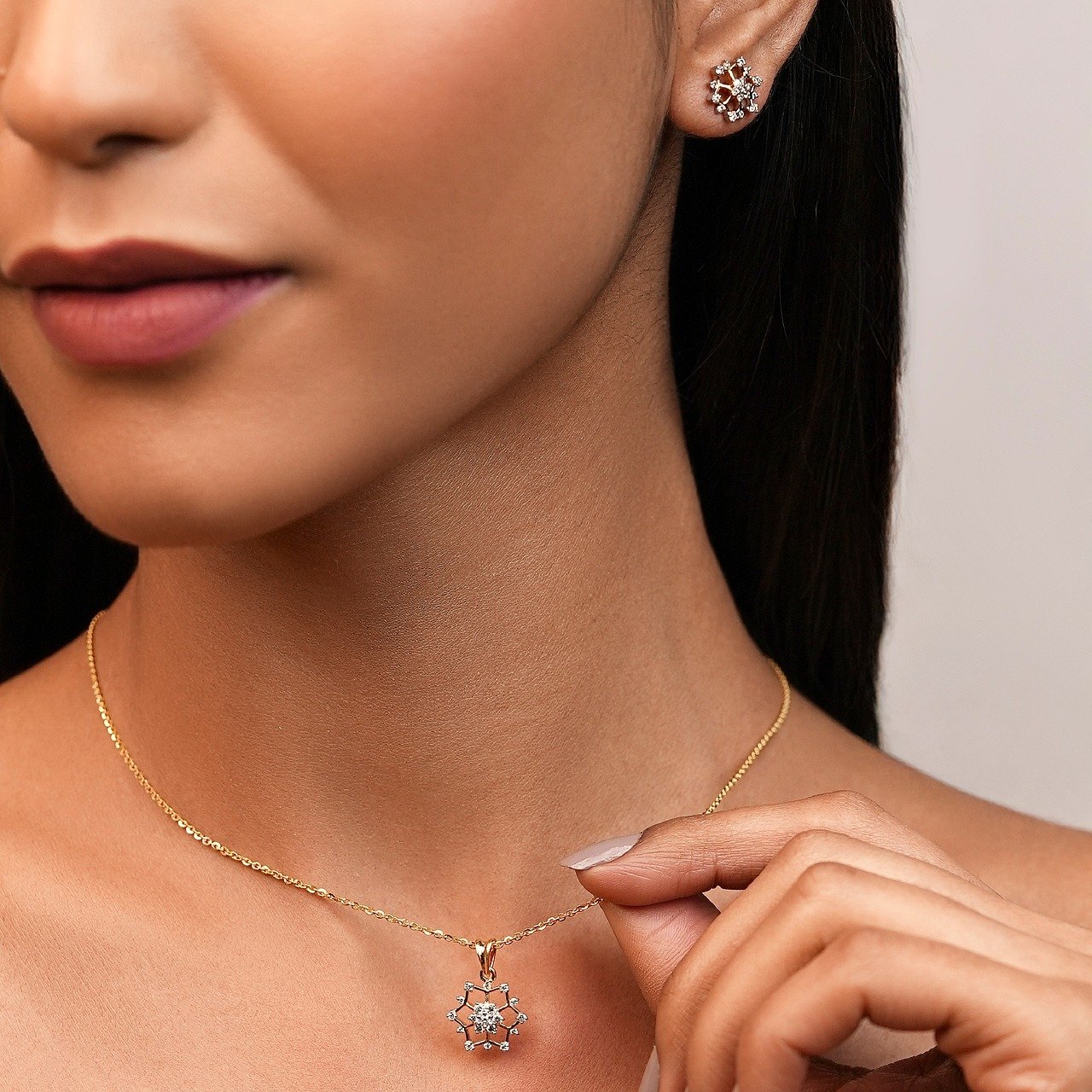
How to Spot a Fake Diamond: Expert Tips for Buyers
Introduction
Diamonds symbolize luxury, elegance, and commitment, making them one of the most sought-after gemstones. However, with the rise of diamond simulants and synthetic alternatives, distinguishing a real diamond from a fake one has become more challenging. Whether you are purchasing a diamond for an engagement ring, an investment, or a special gift, knowing how to identify a real diamond is essential. This guide provides expert tips on spotting fake diamonds using both simple at-home tests and professional verification methods.
1. Common Diamond Imitations
Fake diamonds, or diamond simulants, are stones designed to mimic the appearance of real diamonds. Some of the most common fake diamonds include:
Cubic Zirconia (CZ) – A widely used diamond substitute that lacks the brilliance and hardness of a real diamond.
Moissanite – A popular alternative that has similar brilliance but produces a different type of sparkle.
White Sapphire – Less brilliant and more susceptible to scratches.
Glass or Crystal – Easily scratched and lacks durability.
Lab-Grown Diamonds – Though chemically and physically identical to natural diamonds, these are not considered fakes but synthetic alternatives.
Understanding these common substitutes helps in making a more informed decision when purchasing a diamond.
2. The Best At-Home Tests to Identify a Fake Diamond
1. The Fog Test
Breathe onto the diamond to create a light fog.
A real diamond will disperse the fog almost instantly due to its excellent heat conductivity.
A fake diamond will retain the fog for several seconds.
2. The Water Test
Fill a glass with water and drop the diamond into it.
A real diamond will sink due to its high density.
A fake diamond may float or sink slowly, depending on its material.
3. The Newspaper/Read-Through Test
Place the diamond over a newspaper or a piece of printed text.
If you can read the text through the stone, it's likely a fake.
A real diamond refracts light in a way that makes text unreadable.
4. The Sparkle Test
Hold the diamond under direct light and observe its sparkle.
A real diamond will exhibit a strong combination of white and rainbow light reflections.
A fake diamond, such as cubic zirconia, will have excessive rainbow reflections, making it appear too colorful.
5. The Scratch Test (Use With Caution)
Since diamonds are the hardest natural substance, they should not scratch easily.
Use a steel file to lightly scratch the surface.
A real diamond will remain unscathed, while a fake may show signs of scratching.
3. Professional Tests for Identifying a Real Diamond
1. Black Light (UV) Test
Under ultraviolet light, most real diamonds emit a blue fluorescence.
Fake diamonds typically do not glow under UV light or may exhibit different colors like green or yellow.
2. Heat Resistance Test
Heat a diamond with a lighter for about 30 seconds, then drop it into cold water.
A real diamond will remain unchanged due to its strong heat resistance.
A fake diamond (such as glass) may crack or shatter due to thermal shock.
3. The Loupe Test
Jewelers use a magnifying loupe to examine diamonds for natural inclusions and imperfections.
Real diamonds typically have tiny internal flaws called inclusions, while fakes (like cubic zirconia) appear too perfect.
4. Conductivity Test (Using a Diamond Tester)
A diamond tester measures heat and electrical conductivity.
A real diamond conducts heat quickly, whereas cubic zirconia and other fakes do not.
Moissanite, however, can sometimes register as a diamond due to similar conductivity, so a Moissanite tester is needed for further verification.
5. X-Ray Test
Real diamonds appear transparent under an X-ray machine.
Fake diamonds usually appear more opaque.
This test is performed in professional laboratories.
4. How to Avoid Buying a Fake Diamond
1. Buy from a Reputable Jeweler
Purchase diamonds from certified jewelers who provide detailed information and grading reports.
Avoid deals that seem “too good to be true.”
2. Look for a Certification
Always ask for GIA (Gemological Institute of America) or AGS (American Gem Society) certification.
Certified diamonds come with detailed information on their 4Cs (Cut, Color, Clarity, and Carat).
3. Verify Laser Inscriptions
Many certified diamonds have microscopic laser inscriptions on their girdle (edge of the diamond).
Check with a jeweler using magnification tools to verify authenticity.
4. Compare Weight and Temperature
A real diamond is denser and heavier than fakes of the same size.
Diamonds also feel cooler to the touch due to their thermal conductivity.
5. Avoid Buying Loose Diamonds Without Inspection
Never purchase a loose diamond without examining it under proper lighting and magnification.
5. What to Do If You Suspect Your Diamond is Fake
Consult a Professional Jeweler: Jewelers can perform a thorough examination using advanced testing techniques.
Request a Certification Check: Cross-check any certifications with issuing authorities like GIA or AGS.
Get an Appraisal: A diamond appraisal from a reputable gemologist provides an accurate valuation and authenticity confirmation.
Conclusion
Spotting a fake diamond is essential for making a confident purchase. While at-home tests can provide preliminary insights, professional testing ensures complete verification. By understanding the differences between real and fake diamonds, utilizing expert tips, and purchasing from reputable jewelers, you can avoid costly mistakes and ensure you get an authentic, high-quality diamond.
Whenever in doubt, always consult a professional jeweler to verify the authenticity of your diamond. Happy diamond shopping!